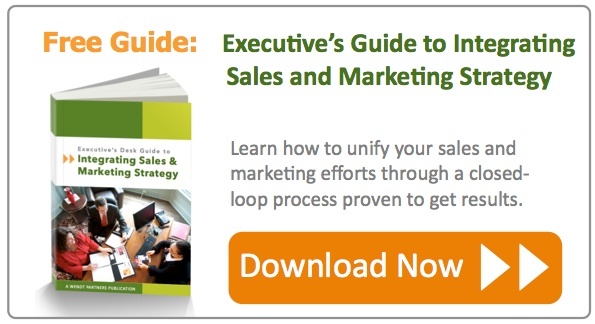New B2B Marketing Strategies For A/E/C Firms Focus on Growth
 Like many professional service firms, companies in the A/E/C (Architecture, Engineering & Construction) space have traditionally grown and expanded through the direct outreach and relationships of the founding CEO, coupled with consistent delivery on the work to be performed. This combination of reputation and relationships is, of course, essential to the credibility of any firm in the space. However, it is no longer sufficient as a business growth strategy.
Like many professional service firms, companies in the A/E/C (Architecture, Engineering & Construction) space have traditionally grown and expanded through the direct outreach and relationships of the founding CEO, coupled with consistent delivery on the work to be performed. This combination of reputation and relationships is, of course, essential to the credibility of any firm in the space. However, it is no longer sufficient as a business growth strategy.
Three Keys to the New A/E/C Marketplace
Three emerging factors have led to a radical restructuring of the competitive landscape:
The first factor is the completely open availability of information on all current and potential firms serving a market, thanks to the internet. Today, potential customers can research every possible firm on their own, and competing firms can find out about and pursue new RFPs with instant ease. This means that more companies are competing for the same business.
The second factor is the restructuring of longstanding business relationships due to changes in ownership at client companies; turnover of key personnel; and other economic shifts. One A/E/C firm lost 80% of its business overnight when a key client declared bankruptcy during the economic downturn. Another one suddenly found itself out of favor with a government agency that had been the source of reliable contracts.
As more and more Baby Boomer business owners and executives retire in the coming years, this trend will dramatically accelerate. Discussions on the golf course that once secured new deals will suddenly turn to the key contact's planned retirement and the pending sale of the client firm to a new owner with whom the A/E/C company may have no prior relationship.
The third factor is the economic landscape, which while certainly in recovery, still exerts a combination of dramatic downward price pressures and ever-higher compliance and quality requirements. Yesterday, a reasonably priced architectural firm with a stellar reputation could count on repeat business. Today, a younger and more nimble competitor with more certifications and lower pricing could easily take the deal.
Repositioning Marketing as the Driver of Future Business
In response to these factors, CEOs in the A/E/C space need to rethink their marketing model entirely. In the old model -- which was typically either CEO-centric or RFP-dependent -- the purpose of marketing was usually categorized as 'brand awareness', and consisted of showing up at key industry trade shows; maintaining a passable website; and making sure the logo on all employees' business cards was rendered in the right color. In this context, marketing was seen as an important background component, but not as a core necessity for the future of sales.
Of course, this is now completely and categorically wrong, and the new approach needs to begin with a clearly defined market position. The goal of the new B2B marketing strategies is to focus on producing a consistent message, to a defined audience, through valuable content.
In this model, "We are a quality company with enthusiastic employees who always go the extra mile for our clients" does not cut it. These generic statements of good will and good nature have been rendered essentially meaningless in today's hyper-competitive market. Instead, clients today are looking for A/E/C partners who offer highly specific domain expertise, coupled with in-depth proof of capability in ways that go beyond the basics.
'Capturing Your Corner' through Powerful Content
For example, a civil engineering firm that focuses on bridge construction would historically attend engineering and construction trade shows; send key staff to speak at the occasional industry seminar; and maybe produce a quarterly newsletter.
Today, that firm needs to 'capture its corner' by becoming known as the go-to-source for bridge engineering, construction and maintenance information and insights. The firm can do this in part by publishing a blog and e-newsletter that focus on substantive topics, such as preventing galvanic corrosion in bridge design; creating new bridge configurations that address 'complete streets' planning objectives; innovative designs that allow bridges built for narrow underpasses to be more easily expanded in the future for wider cuts; changing the design of bridge surfaces to increase winter driving adhesion and reduce the negative impact from road salt; and more.
These informative, in-depth articles should then be interspersed with highly relevant, searchable case studies that showcase the company's projects in a variety of ways – allowing prospective clients to search for information based upon setting; application; style; configuration; construction or installation methods; and more.
The goal of this approach is to attract future clients or specifiers into the firm's educational content and customer engagement environment well before the issuance of a future RFP or a chance meeting at an industry trade event or conference.
By committing to new methods for B2B content marketing, firms in the A/E/C marketplace will be far better positioned to build their market presence, overcome competitive challenges and maintain and achieve lasting growth for the long term.
Image Credit: EllRB @ Flickr (Creative Commons)


